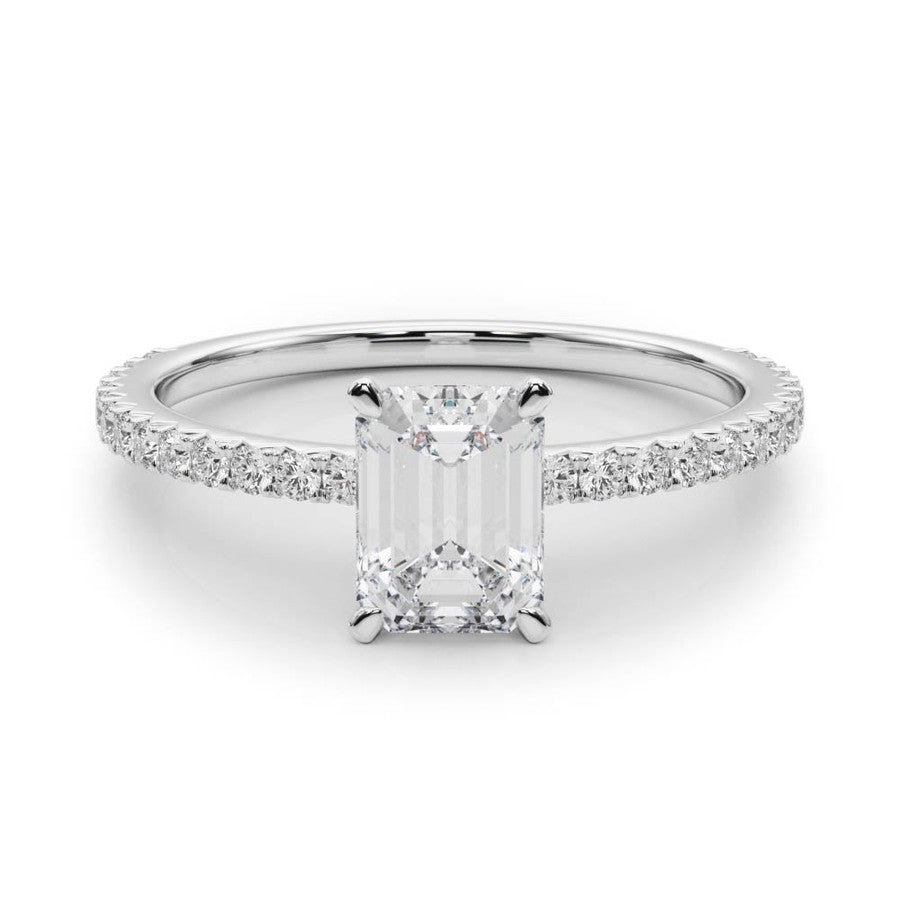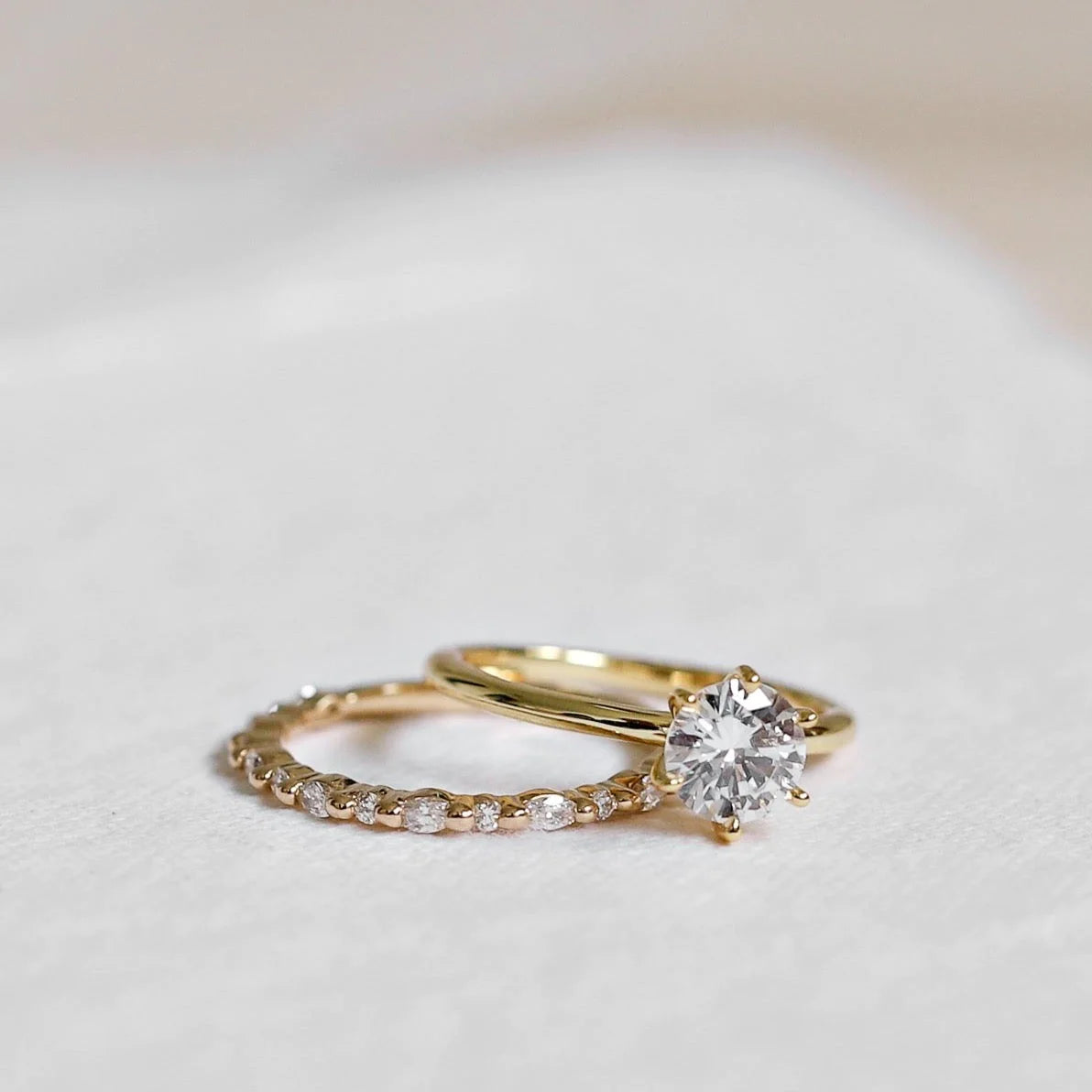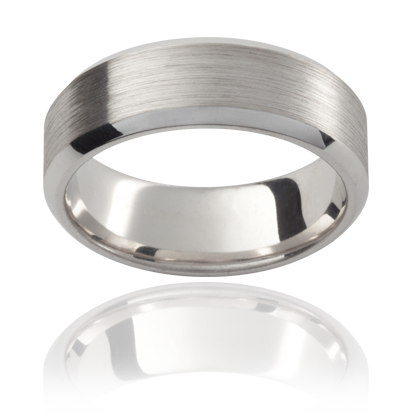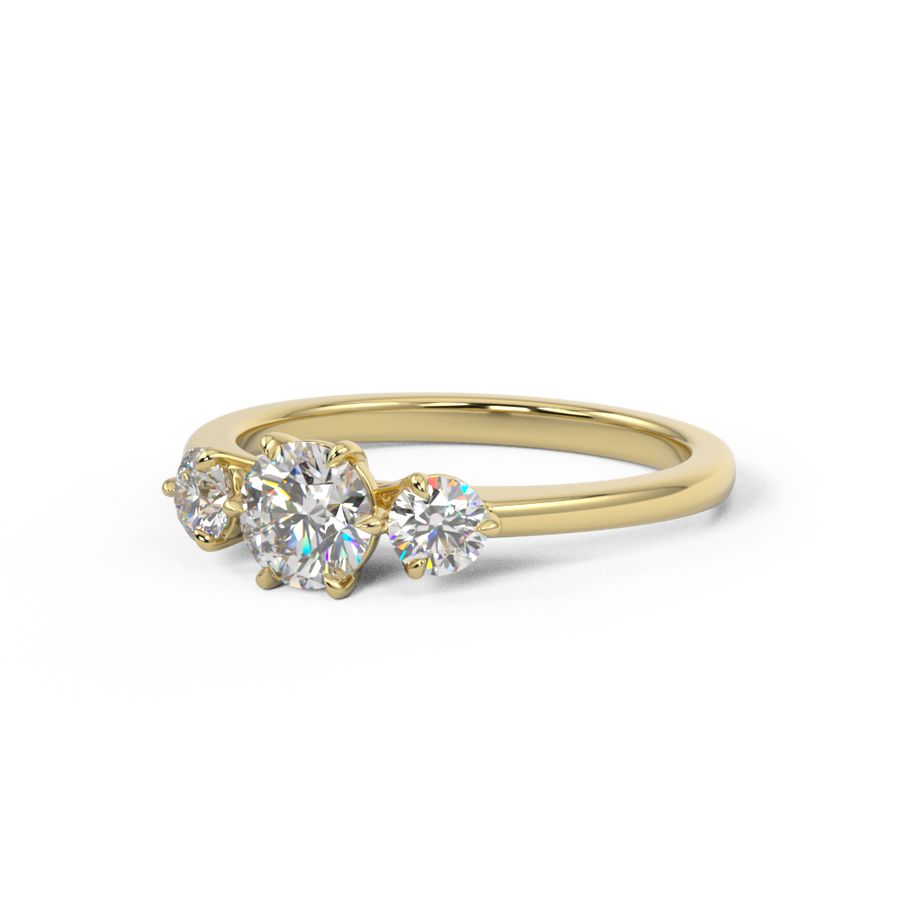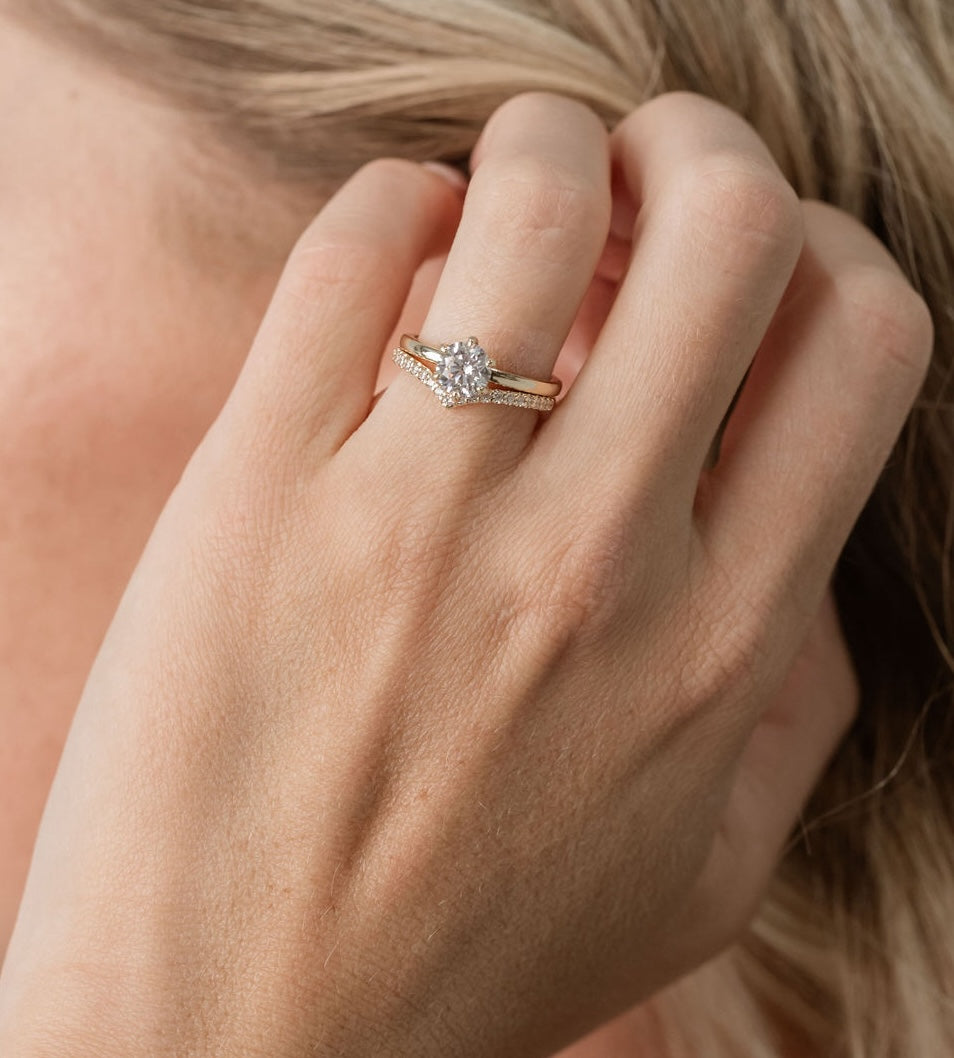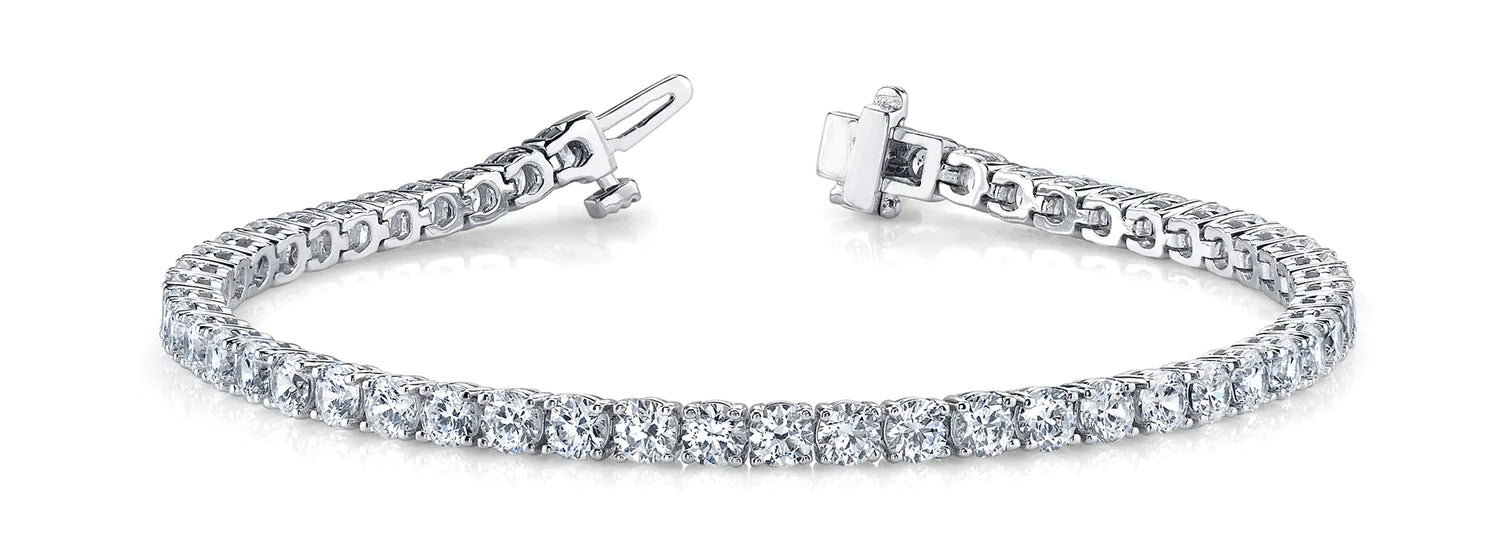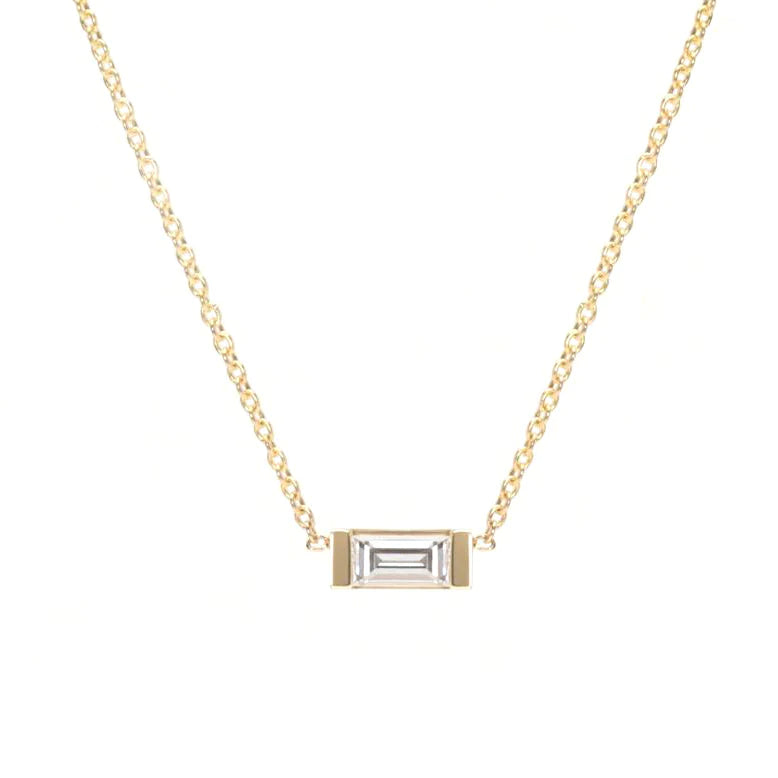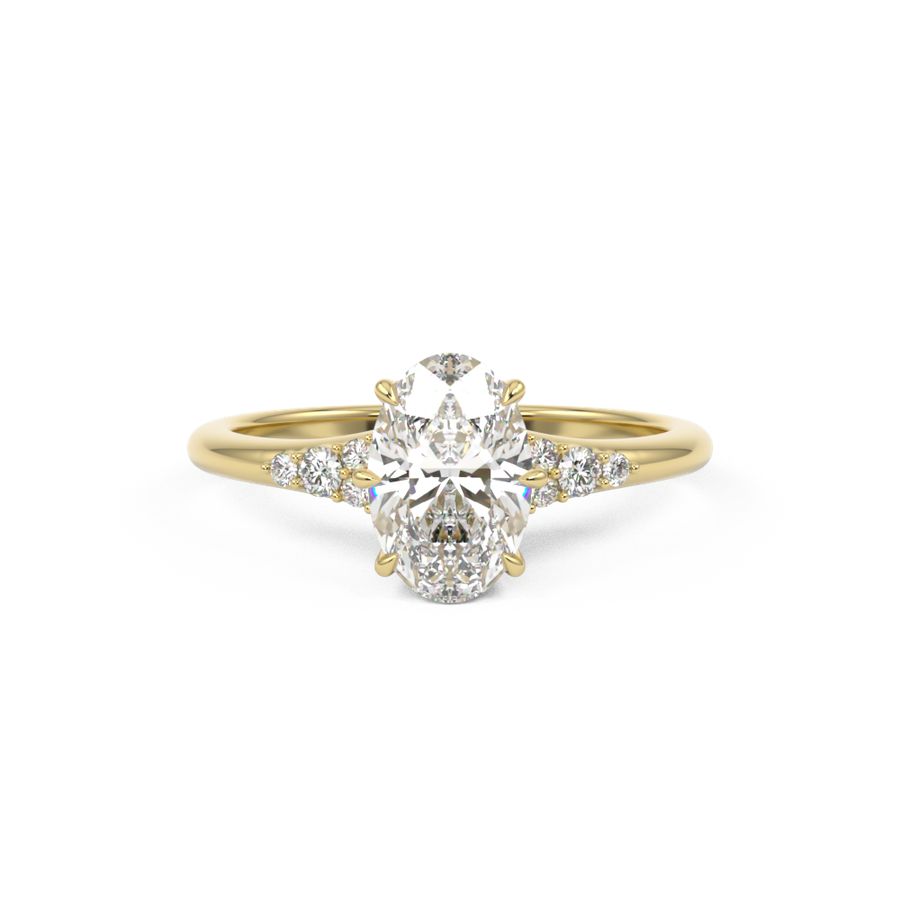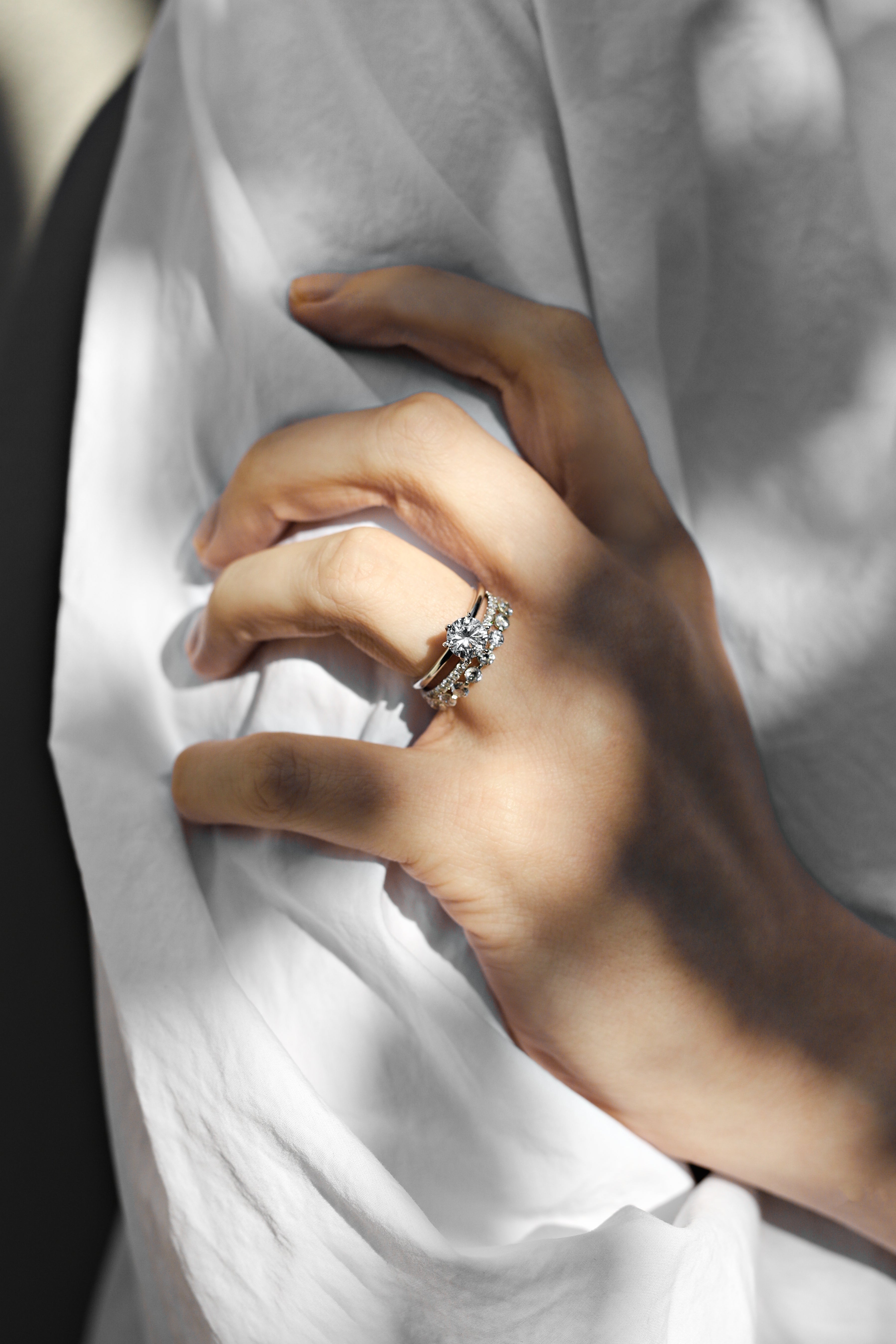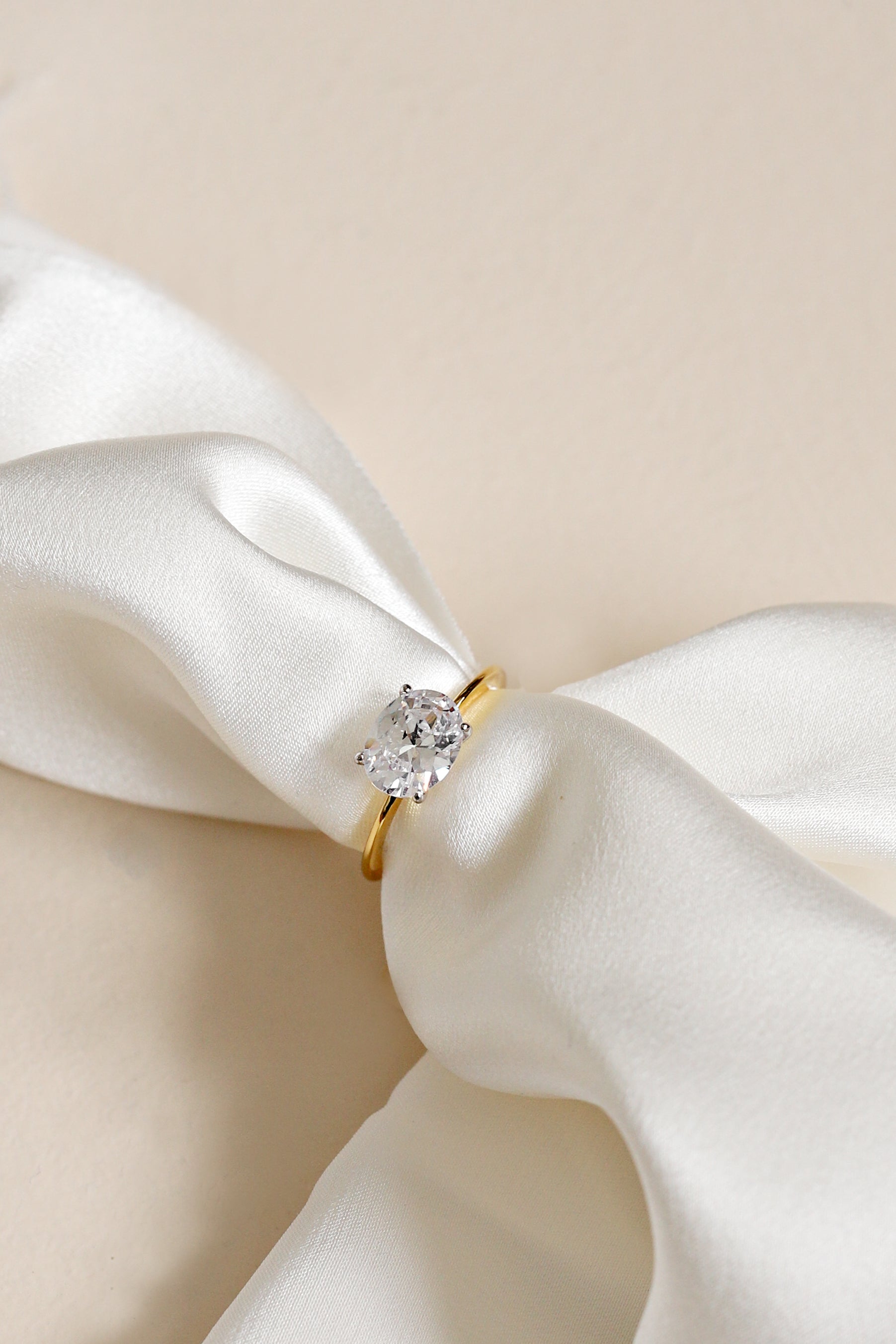Stonesetting
Types of Stones and Stonesetting Techniques
- Cabochon stones are polished and have a smooth, rounded surface.
- Faceted stones have multiple flat surfaces, or facets, that reflect light.
- Bezel setting is a type of stone setting that uses a metal rim to hold the stone in place.
- Micro pave setting involves setting small diamonds closely together to create a paved appearance.
- Bead set diamonds are set using small metal beads to secure the stones.
- Prong setting uses metal claws to hold the stone in place.
- Channel setting involves placing stones in a metal channel and securing them with metal walls.
- Flush setting embeds the stone into the metal so that it is level with the surface.
- Pavé setting places small stones closely together, covering the surface of the metal.
- Gypsy setting sets the stone into a hole in the metal, with the surface of the stone flush with the metal.
Stonesetting Techniques and Benefits
- Bezel setting provides excellent protection for the stone and a sleek, modern look.
- Micro pave setting creates a sparkling and intricate appearance.
- Bead set diamonds offer a delicate and vintage-inspired look.
- Prong setting allows maximum light exposure to the stone, enhancing its brilliance.
Considerations in Stonesetting
- The choice of stonesetting technique depends on the type of stone and desired aesthetic.
- The skill level and expertise of the jeweler play a crucial role in achieving a successful stonesetting.
- Different stonesetting techniques require different tools and equipment.
- Stonesetting can affect the durability and longevity of the jewelry piece.
- Proper maintenance and care are essential to preserve the integrity of the stonesetting.
Importance of Stonesetting in Jewelry Making
- Stonesetting adds value and beauty to jewelry pieces.
- It allows for the incorporation of various gemstones, enhancing the design versatility.
- Different stonesetting techniques can create different styles and aesthetics.
- Stonesetting requires precision and attention to detail to achieve a professional finish.
- Stonesetting techniques have evolved over time, offering endless possibilities for creativity in jewelry making.
Stonesetting Cuts and Settings
- Two general types of gemstone cutting: cabochon and facet.
- Cabochons are smooth, often domed, with flat backs.
- Agates and turquoise are usually cut as cabochons.
- Precious stones like rubies, emeralds, and sapphires may also be cut as cabochons.
- Faceted shape resembles that of a modern diamond.
- Thousands of variations of setting styles.
- Several fundamental types: bezel, prong, channel, bead, burnish.
- Bezel setting is the earliest known technique, using a metal strip bent into the shape of the stone.
- Prong setting is the simplest and most common, using short, thin strips of metal to hold the stone.
- Channel setting suspends stones between two bars or strips of metal.
Stonesetting Data Sources
| Reference | URL |
|---|---|
| Glossary | https://harryandcojewellery.com.au/blogs/glossary/stonesetting |
| Wikipedia | http://en.wikipedia.org/wiki/Stonesetting |
| Wikidata | https://www.wikidata.org/wiki/Q7619329 |
| Knowledge Graph | https://www.google.com/search?kgmid=/m/02pqfc6 |

